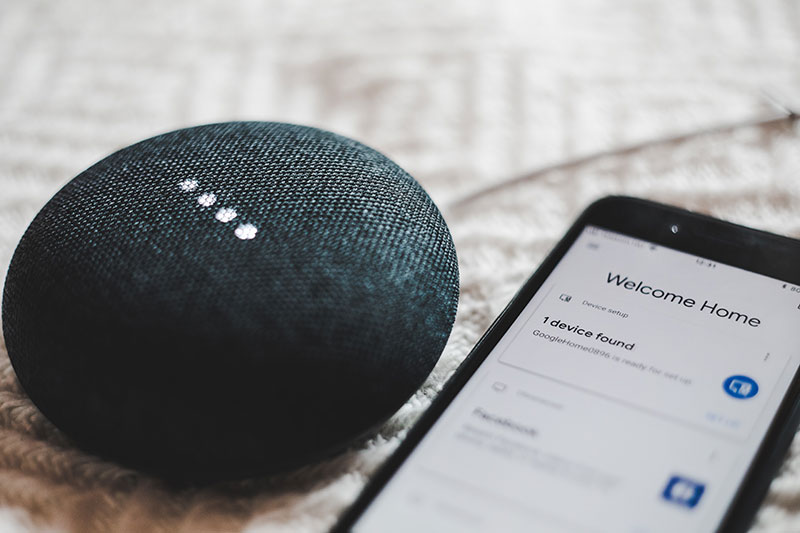Advertisement
If you want to design a smart home system but aren’t sure how to go about doing so, use the handy guide below to get started and avoid some of the most common pitfalls.
Getting Security Systems In Place
The key to designing an effective smart security system for your home is to make it as integrated as possible; as many, if not all, elements of the system should ideally be accessed via the same control panel or app as well as, remotely, from your smartphone or linked device.
Have a look at this review of Brinks alarm system to get an idea of how a comprehensive home security system works; this particular option offers a response time of just thirty seconds, totally customizable packages, and group chats for triggered events.
Begin by assessing your home: think about areas that may be more vulnerable than others and spaces that need additional monitoring. Your smart security system should include a burglar alarm, smart locks, security cameras, and a form of alarm or security monitoring – the latter will alert a remote monitoring station or security agency in the event of a breach or other issue.
You should also consider installing smart lighting in external spaces that will react and turn on automatically if the system detects movement, as well as power cut and leak detection. Equipment trackers are being increasingly incorporated into holistic home security systems, too; these tiny devices can be attached to anything from a piece of jewelry to a car and will track their movements.
So, do take some time to plan where elements of the security system like cameras need to be placed to provide balanced, even coverage and don’t forget to protect spaces in the home such as the garage.
Optimizing the Home Environment
The next element of planning your smart home is to think about what you need to incorporate in terms of heating and lighting to make for the most pleasant home environment possible.
Smart tech now enables you to create heating ‘zones’ in the house, rather than pumping heat out at a single set temperature; this increases efficiency, can lower your bills, and optimizes heat distribution, so that spots in the home that are naturally warmer won’t receive as much heating. Smart sensors in this type of tech can also detect when the home is unoccupied, and turn down the thermostat in response.
Smart light bulbs and other forms of lighting can be deployed throughout the house, which allows you to control and set lighting via your smartphone. An integrated lighting system allows you to, for example, set mood lighting or turn lights on and off remotely.
As with the security system, taking time to plan out your lighting design will stand you in good stead and ensure your lighting works as you want it to and in a holistic manner. A piecemeal approach can result in an efficient system that doesn’t work cohesively.
Entertainment Systems
The third element of designing your smart home is to put together an entertainment system. Content synchronization is the key element of many successful home systems, so consider the way in which you and your household access entertainment and the extent you wish this to be shareable across multiple screens and devices.
The best way to plan an entertainment system is to differentiate areas of your house and assess in which of these areas you wish to play music, stream content, etc., and then select the necessary equipment accordingly. You could also think about whether you want this system to integrate with your lighting to enhance mood, for example.
Daily Life Made Easy
Thinking about facilities to automate run-of-the-mill household chores is the final piece of designing your smart home. Tech such as smart garage doors can be controlled via your mobile phone, for example, while you can use your smart system to set reminders timers and make to-do lists on the go. Often, we only use a fraction of the capabilities that our various smart devices offer, so it’s a really good use of time to spend a while finding out exactly what else your console, phone, app, or other device could assist you with to help you save time and make everyday tasks simpler.
Smart rules can also be used when it comes to garden chores: water and irrigation systems are now available that can be connected to local weather reports and will subsequently only turn on when required or during a dry spell.
Bringing It All Together
When it’s properly planned, a smart home can help you live better, more efficiently, and more sustainably, too. When planning, do check the compatibility of each element of the tech you’re planning to incorporate to make sure that everything will work together in the way you want it to.
It’s also crucial to make sure that the devices and apps you’re considering using have high levels of security so that there’s minimal risk of your system being hacked. And finally, taking a little time to research to find out how future-proof the various elements of your home system are likely to be will serve you well, too.

